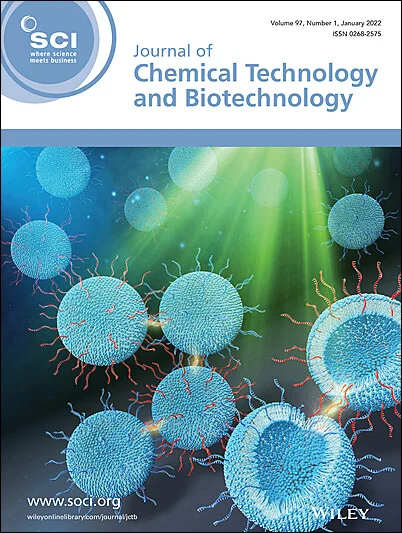Supercritical water catalytic oxidation of dye wastewater: catalytic oxidation effect, oxidation mechanism and transformation characteristics of organic matters
Abstract
Background
Dye wastewater has complex composition and strong toxicity, and effects large water quality changes. Ensuring its reasonable and efficient treatment has always been a challenging issue for the dye industry. This study used supercritical water catalytic oxidation technology to harmlessly treat dye wastewater. By adding different types of metal oxide and nitrates, and changing the type of alcohol in the system, the effects of these factors on the catalytic oxidation reaction of dye wastewater under supercritical conditions were studied. Additionally, the mechanism of the oxidation process and the characteristics of organic matter transformation also were explored.
Results
The oxides of copper (CuO) and cerium (CeO2) have better oxidation effects on supercritical water oxidation, with chemical oxygen demand (COD) removal rates and ammonium (NH3)-N removal rates of 99.29% and 95.99%, respectively. The COD and NH3-N removal rates of dye wastewater using copper [Cu(NO3)2] and iron [Fe(NO3)3] nitrates can reach 99.36% and 66.41%, respectively. The catalytic effect of nitrate on the degradation of dye wastewater consists of two parts: the effect of metal ions and the effect of NO3 ions. The COD removal rate of methanol wastewater co-oxidation can reach up to 99.32%. The hydrogen (H) atoms in monohydric alcohols are generally more easily attacked by active free radicals than H atoms in polyhydric alcohols, so more HO2· free radicals can be produced, which promotes the removal of COD and NH3-N in dye wastewater.
Conclusion
The study indicated that supercritical water catalytic oxidation technology has high application potential in dye wastewater treatment. © 2025 Society of Chemical Industry (SCI).

 求助内容:
求助内容: 应助结果提醒方式:
应助结果提醒方式:


